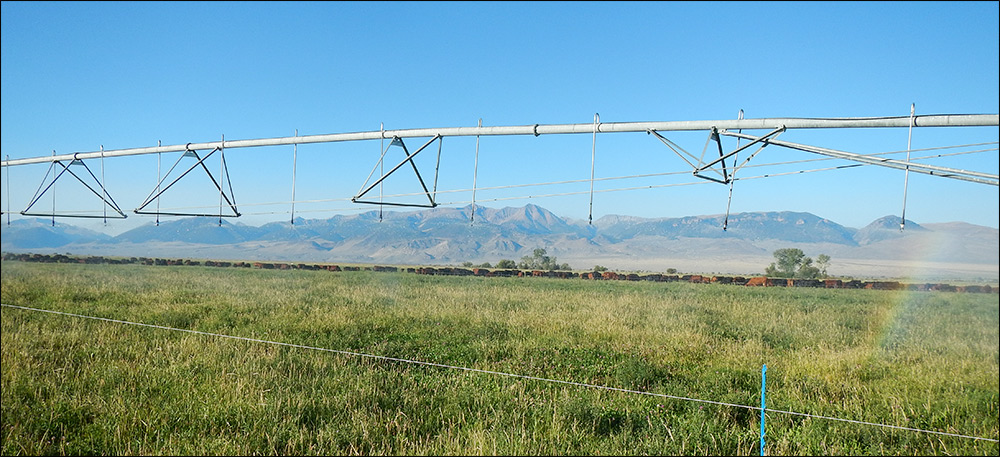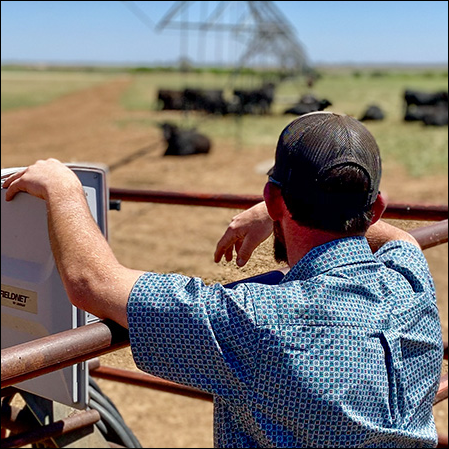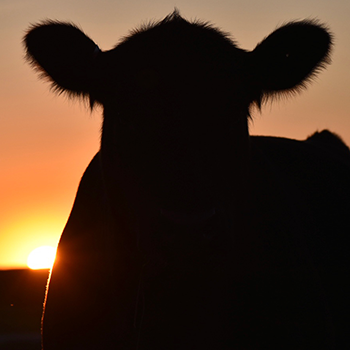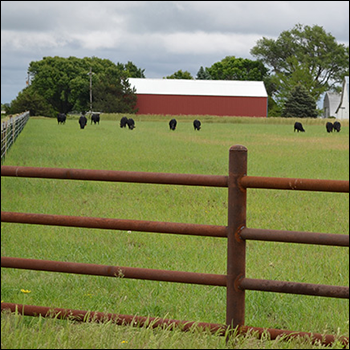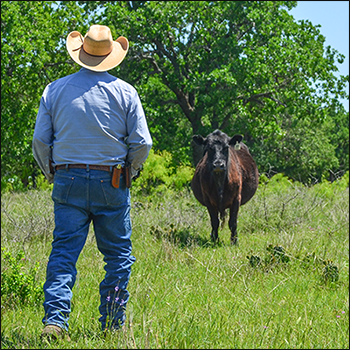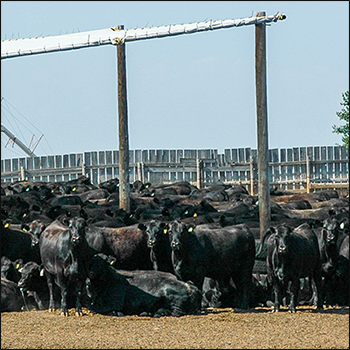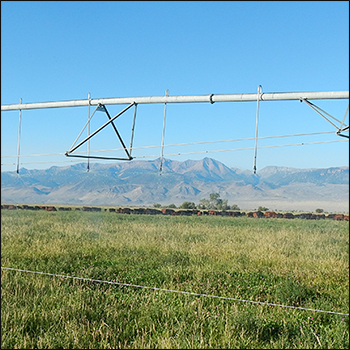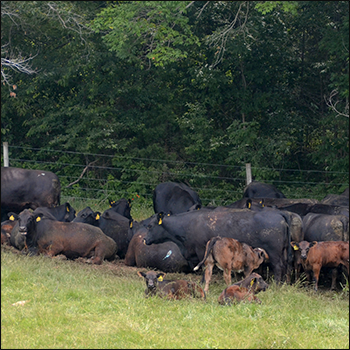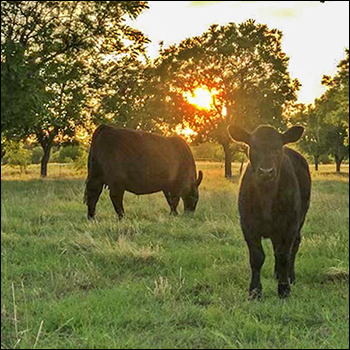Haying vs. Grazing on Irrigated Acres
Considerations when deciding whether haying or grazing is most effective.
Grazing a field rather than haying can have advantages. Irrigated pasture can be more productive than the same ground used for haying, especially with rotational grazing and good management. Irrigated pasture has high production potential if water is put back on it right after it’s grazed. This accelerates regrowth.
Managing Heat Stress in Cattle
Knowing the symptoms and mitigation strategies will aid cattle performance during the summer.
On a hot summer day, people often dress in light clothing, drink more water than normal, and seek shade to minimize the effects of heat and humidity on the body. Kansas State University Beef Cattle Institute experts say cattle need many of those same strategies for maximum performance during the summer.
Breeding Herd Vaccination Plans
There is no one-size-fits-all vaccination plan.
A critical component of herd health is a breeding herd vaccination strategy. Unfortunately, there is no one-size-fits-all vaccination plan. Producers should work closely with their veterinarian to design an approach to meet specific needs. This plan will be based on factors such as animal immune status, disease risk, biosecurity and management availability. The best vaccine options will be those that provide protective immune coverage for diseases of concern balanced with a defined management timeline and expense.
Muscle-building Research
Discovery of new type of stem cells leads to $2.3 million grant.
When muscle is damaged, resident stem cells mediate the repair of the injured tissue. At the same time, circulating immune cells race to the site to aid the repair. The presence of these infiltrating immune cells at injury sites raises questions about their role in coordinating with muscle stem cells to build or regenerate muscle tissue.
Understanding Summer Pneumonia and Pinkeye
Veterinarians discuss reducing risk of summertime diseases.
During springtime, it’s important for cattle producers to gear up for the warm-weather risks calves will face, like summer pneumonia and pinkeye.
“These costly conditions can be well avoided through sound management and prevention methods,” says Arnold Nagely, veterinarian and co-founder of Valley Vet Supply.
Needle Size and Care Recommendations
Veterinarians offer advice on needle diameter and length.
Anyone who’s ever received a vaccination will verify that needle size matters. That is true with cattle, as well. Kansas State University veterinarians Bob Larson and Brad White took up this topic on a recent Beef Cattle Institute Cattle Chat podcast.
Understanding Generic Drug Development
Veterinarians discuss the process of creating generic drugs and their use in food animals.
When going to the pharmacy, consumers are often faced with a choice to select the brand name drug for their ailment or opt for the less expensive generic product. Cattle producers and their veterinary partners make those same decisions for the livestock in their care.
In recent months, there has been an increase in generic products coming into the marketplace, said Brad White, Kansas State University Beef Cattle Institute director and veterinarian. Speaking with his veterinary colleague, Brian Lubbers, on a recent Cattle Chat podcast, the experts discussed the rigorous process of drug development and considerations for generic drug selection.
